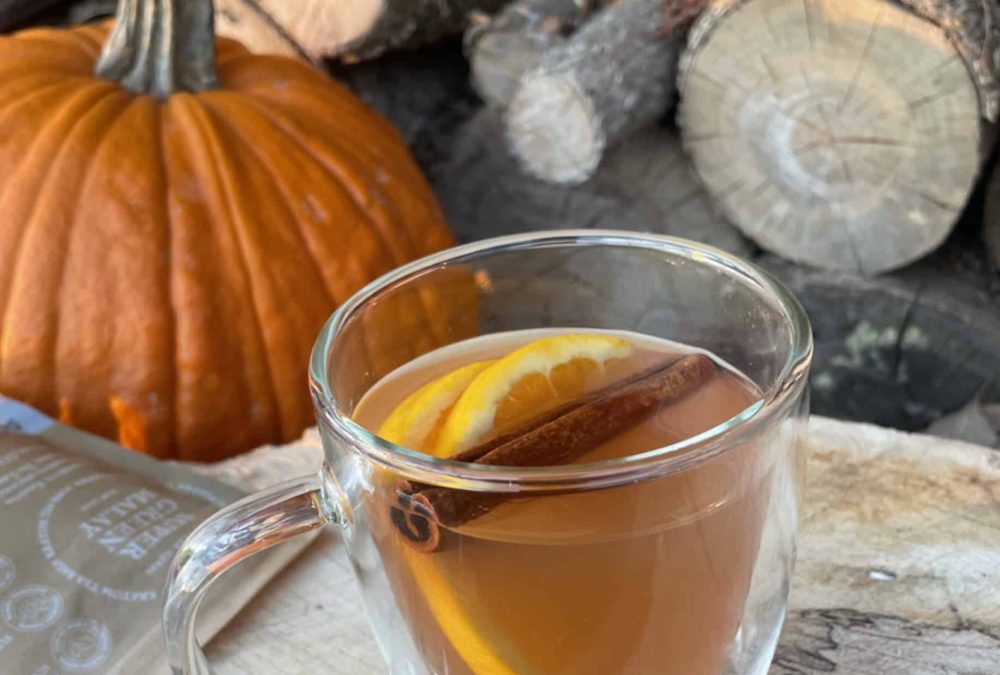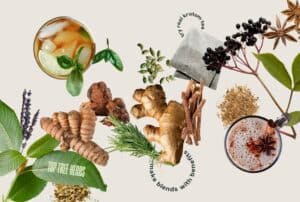The Top Tree team squabbled at length over the name krapple cider for this recipe. Does krapple make it sound less delicious? We hope not! No matter what you want to call it, mulled kratom cider is anything but krap. Naturally sweetened with seasonal fruits, brewed with warm spices and your favorite strain of kratom tea bags, this kratom apple cider recipe is a magnificent autumn classic.
Head to your local farmer’s market and grab a tote full of apples ASAP! (And make sure to check out the notes at the end of the recipe for a surprise snack that comes along with krapple cider…)
Cider Through the Ages
From ancient Mesopotamia to the biblical era in the Mediterranean, people have been drinking the fermented juice of all kinds of fruits. Cider-making with apples goes back thousands of years, and was brought to the American colonies from Europe in the early 1600s.
Everyone in the colonies drank cider instead of water, fearing that the water wasn’t safe to consume. They fermented apples to make cider, which had an alcohol content around that of beer.
The practice – and later, industry – was supported by labor and cultivation of apple varieties by Indigenous Americans and slaves throughout the northeastern and southeastern regions of the continent.
Kratom and Apple Cider: The Fruits of Labor
Throughout the 1700s, cider was enormously popular – it’s estimated that adults consumed several liters each day. Cider was also used as payment and refreshment for field workers. Kratom has similarly been chewed and drunk by field laborers for hundreds of years.
Kratom and cider were community strongholds, drunk with regularity for some similar purposes, albeit in very distant regions of the world. And both have gone through periods of unfounded prohibition.
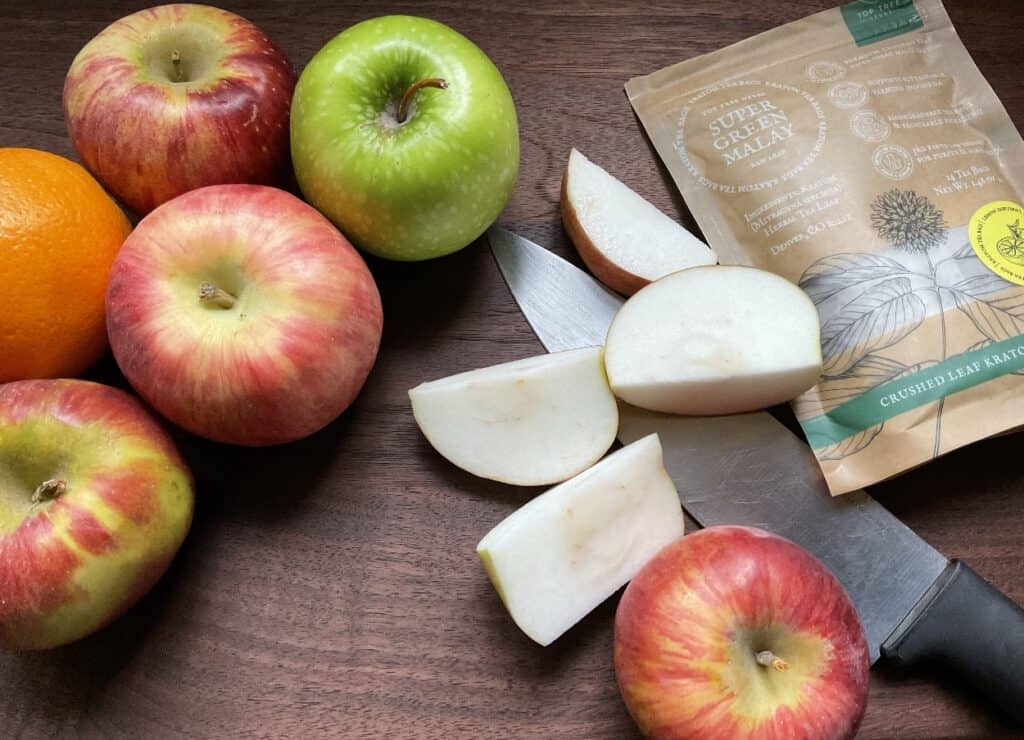
Prohibitionist Parallels
It seems as though every food and drink we come across has been involved in one form of prohibition or another, and apples are no exception!
Cider-making was already declining in popularity by the time Prohibition was enacted in 1920. Historians point to a number of hypotheses for the decline, from the relative ease of cultivating wheat for beer to the introduction of invasive insects that harmed apple orchards.
Cider production was legalized within a year or so into the Prohibition era, but cider-making had still taken a hit. Prohibition resulted in the segmentation of sweet, unfermented ciders and alcoholic ciders. The latter have since been referred to as “hard” ciders.
Kratom was first made illegal in Thailand in 1943, as the Thai government lost tax revenue from opium sales when its populace started chewing leaves and drinking tea from the locally-available kratom trees instead of buying opium.
Ciders have become much more popular amongst Americans in the past few decades (as has kratom). Once drunk by laborers, it’s now brewed into top-shelf varieties found at cideries and craft breweries across the country.
No need to head to your local cidery though, because we’ve got a kratom apple cider recipe for you to brew at home! We haven’t yet tried fermenting apples, but we’ve found that the addition of kratom to the apple and spice base creates a unique sweet cider with bold and deep flavors that is not at all like your average apple juice or grocery store cider.
Brewing Kratom with Apples
We always recommend brewing your krapple cider when the fruit is in season. It’s not very likely that you’ll find apples, oranges, and kratom growing on trees in the same region, unless you have a greenhouse. If you have access to organic and local fruit, though, we definitely suggest picking some up.
Not only does that reduce the environmental footprint of your brew, but it also might make it better for you. Most commercial apples are sprayed with pesticides and are coated with a thin layer of wax.
You can always peel your apples, but that makes the prep time for krapple cider a good deal longer.
What type of apples should you use for kratom apple cider?
We used mostly cortland apples in our first round of krapple cider. They were available locally, perfectly crisp, and pretty sweet with a hint of tartness. Needless to say, we bought an entire bushel and ate our way through as many as we could before they got a bit soft. Making apple cider with kratom was the perfect solution for using up those less-crisp apples.
Mulled Kratom Tea
We’re huge proponents of using mulling spices with kratom in your everyday brews. Spices like cinnamon and nutmeg have their own beneficial properties and can really enhance the flavor of kratom.

Krapple cider goes one step further with pressed apples – one very large, fairly time-consuming, but well-worth-it step. This is a recipe everyone will love, whether or not they enjoy the taste of kratom. The sweetness of the fruit tempers the bitterness of the kratom, and the mulled spices work their magic underneath it all.
Don’t like cloves or nutmeg? A few members of the Top Tree team absolutely despise cloves, but still swooned over krapple cider. Not convinced? You can omit them or substitute other spices and herbs, like allspice or ginger.
When to add kratom?
The kratom tea bags are added during the final 30 minutes of cooking. The crushed leaves in the tea bags don’t need to be steeped for the full 2.5 hour brew time. We use Super Green Malay kratom tea bags in this recipe, but you can choose whichever strain of tea you like best.
We do steep them for a bit longer than our basic brew time. That’s because we’re not using fresh water and lemon for the extraction, we’re steeping the tea leaves in, well … basically, diluted apple sauce.
The bit of citric acid from the sliced orange and the malic acid in the apples can slightly boost your brew strength, as acidic liquids aid the extraction of alkaloids from your kratom tea leaves.
The tea bags are strained out at the end along with the spices and the pulp from the apples.
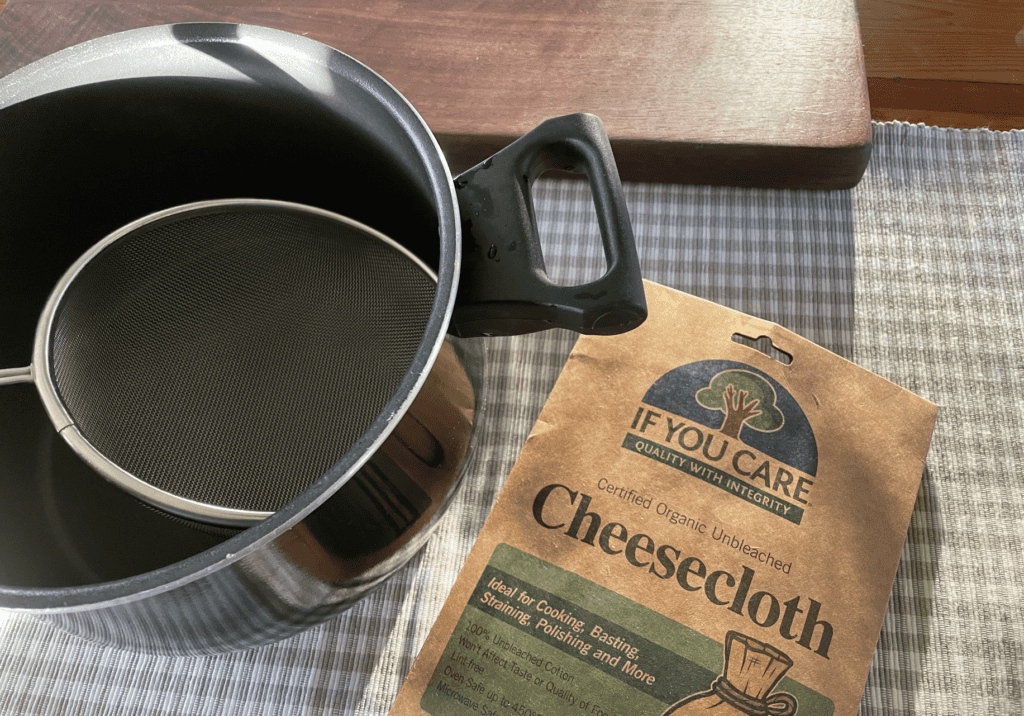
If you’re used to store-bought ciders or apple cider recipes with added sugar, kratom apple cider may seem less sweet. We promise you won’t be disappointed by the flavor, but you can always add in a bit of organic brown sugar or your choice of sweetener after you’ve strained your cider.
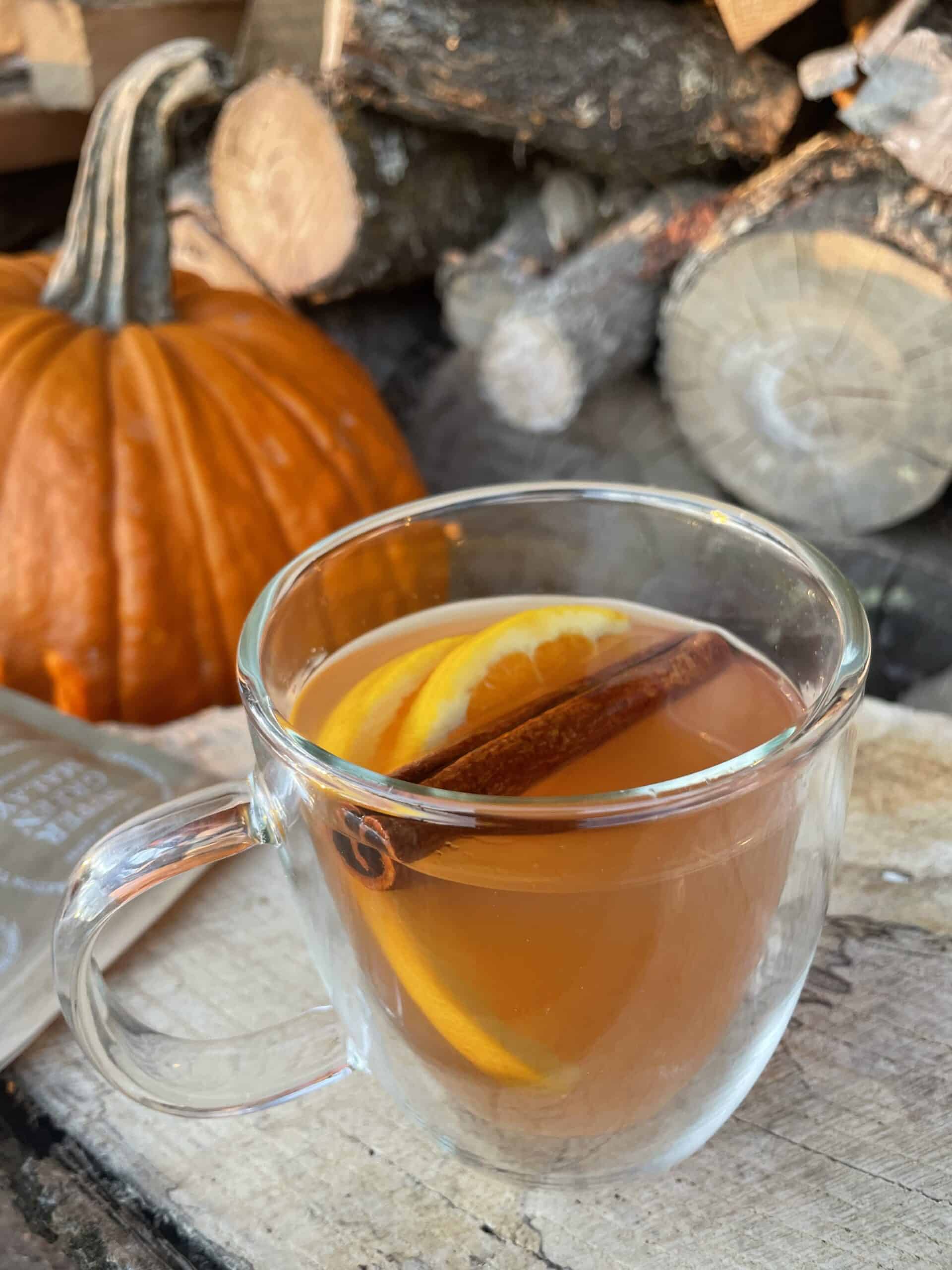
Kratom Apple Cider (Krapple Cider)
Prep Time: 30 minutes
Brew Time: 2.5 hours
Servings: 12
Ingredients
- 12 Super Green Malay tea bags
- 12-14 apples, mostly sweet, a couple tart
- 1 navel orange
- 4 cinnamon sticks, approx 3 in. each
- 2 tsp whole cloves or 1 tsp ground
- 1 tsp ground nutmeg
- 12-16 cups of water (enough to cover fruit)
- Optional: extra orange slices and cinnamon sticks for garnish
Directions
- Core and quarter apples, and quarter the orange. Place apples, orange, cinnamon, cloves, and nutmeg into a large stockpot. Add water, enough to cover fruit and spices by 1-2 inches.
- Bring mixture to a boil, then lower heat to a simmer, cover, and cook for 1 hour. Remove orange pieces from pot. Using the back of a wooden spoon, mash the apple chunks against the side of the stockpot. Continue to simmer, uncovered, for 1 hour.
- Add your kratom tea bags. Continue to simmer for 30 minutes.
- Strain cider into another pot using a fine mesh strainer. Use your wooden spoon to press strained apples and tea bags and squeeze out more liquid. Then strain again using a cheesecloth.
- You may need to reheat your kratom cider a bit after straining, because it cools down quickly. Serve hot or place in the fridge and enjoy cold later. Slice up another orange and toss a cinnamon stick in each mug for garnish.
Recipe Notes
Sweetener: We don’t add any sugar to our krapple cider – the apples and oranges provide a great deal of natural sweetness on their own. If you want to sweeten your cider, add 1/4 to 1/2 cup of organic brown sugar, to taste.
Serving Size: Our recipe uses 1 tea bag per serving of krapple cider. You can adjust the number of tea bags to match your personal needs. Keep in mind, this cider is fairly sweet, even without added sugar. It’s easy to drink a lot, so take care when brewing it to make sure you’re not adding a larger ratio of kratom to cider than you’re comfortable with drinking.
Reduce! Reuse! Recycle: That apple mash you strained out of your cider? That’s krapple sauce! Ok, so it’s actually called pomace. You can eat it hot or cold, or freeze it to use in smoothies. You can also add it to your compost bin, with the addition of some browns to balance out the acidity.
We hope you’ve had a great time learning about the parallel histories and new creations in the world of kratom apple cider. We certainly had a blast making it and sharing it with you all.
Cheers to krappier brewing! Whoops, better brewing—cheers to better brewing!
